Introduction
Fresh jujubes, also known as Chinese dates or red dates, are a popular fruit cherished for their sweet taste, nutritional benefits, and traditional medicinal properties. These small, oval-shaped fruits are abundant in vitamins, minerals, and antioxidants, making them a staple in many diets. However, like any perishable produce, the shelf life of fresh jujubes is finite. Understanding how long fresh jujubes can be preserved and the best methods to extend their freshness is crucial for maximizing their enjoyment and nutritional value. This article delves into the various factors that influence the shelf life of fresh jujubes, storage techniques, and tips for identifying when they are no longer suitable for consumption.
Factors Influencing the Shelf Life of Fresh Jujubes
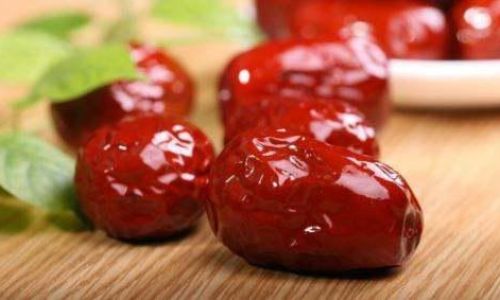
Several factors contribute to the shelf life of fresh jujubes, including variety, ripeness at harvest, storage conditions, and packaging.
Variety: Different varieties of jujubes have varying degrees of natural resistance to spoilage. Some varieties are bred for longer shelf life, while others are prioritized for taste and texture, which might compromise their durability.
Ripeness at Harvest: Harvesting jujubes at the optimal ripeness stage is crucial. Overripe fruits are more susceptible to decay and have a shorter shelf life compared to those picked at the peak of ripeness. Conversely, underripe jujubes may lack the full flavor and sweetness desired but might last longer.
Storage Conditions: Temperature, humidity, and exposure to light and oxygen are critical factors in determining how long fresh jujubes remain edible. Ideal storage conditions involve low temperatures (but not freezing), moderate humidity, and minimal exposure to air and light.
Packaging: Proper packaging can significantly extend the shelf life of fresh jujubes. Airtight containers or bags that allow for some ventilation but minimize oxygen exposure are ideal. Additionally, packaging materials should be free from moisture to prevent mold growth.
Understanding the Shelf Life in Different Conditions
The shelf life of fresh jujubes varies depending on the storage environment. Here’s a breakdown of how long they can be preserved in various conditions:
At Room Temperature: Fresh jujubes left at room temperature (around 20-25°C or 68-77°F) will have the shortest shelf life. In these conditions, they can last anywhere from a few days to a week. High temperatures accelerate the ripening process and promote bacterial growth, leading to spoilage.
In the Refrigerator: Refrigeration is the most common method to extend the shelf life of fresh jujubes. Storing them in the crisper drawer of a refrigerator, where temperatures are maintained between 2-4°C (35.6-39.2°F), can keep them fresh for about two to three weeks. The cooler temperatures slow down the ripening and spoilage processes.
In a Cool, Dark Place: If refrigeration is not an option, placing fresh jujubes in a cool, dark area, such as a basement or a pantry away from direct sunlight, can help extend their shelf life slightly longer than at room temperature. However, this method is less effective than refrigeration and typically offers a shelf life of about one to two weeks.
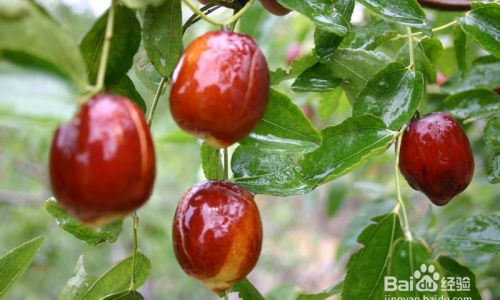
Vacuum-Packed or Modified Atmosphere Packaging: Vacuum-packing or using modified atmosphere packaging (MAP), which replaces the air in the package with a gas mixture that inhibits spoilage, can significantly extend the shelf life of fresh jujubes. These methods can keep them fresh for up to a month or even longer if stored in a refrigerator.
Freezing: While freezing is not typically recommended for maintaining the texture and taste of fresh jujubes, it is an option for long-term preservation. Properly frozen jujubes can be stored for several months, although their texture may change upon thawing. To freeze, wash and dry the jujubes thoroughly, then place them in an airtight container or freezer bag. Remove as much air as possible before sealing and label with the date.
Signs of Spoilage
Identifying when fresh jujubes have spoiled is essential to avoid consuming unsafe or unpleasant-tasting fruit. Here are some signs that indicate your jujubes are no longer fresh:
Discoloration: Fresh jujubes have a vibrant, often reddish-brown skin. As they spoil, the skin may darken or develop spots. Discoloration can also occur if the fruit has been exposed to too much light or oxygen.
Softness and Wrinkling: Ripe jujubes have a firm, slightly pliable texture. As they age, they may become softer and develop wrinkles. While some softening is natural as they ripen, excessive softness or mushiness is a sign of spoilage.
Mold Growth: Mold is a clear indication that jujubes have spoiled. Look for fuzzy, white, green, or black growths on the skin or inside the fruit. Discard any jujubes with mold immediately, as mold spores can spread quickly.
Off Odor: Fresh jujubes have a sweet, slightly earthy aroma. As they spoil, they may develop an unpleasant, sour, or musty odor. Trust your nose; if the jujubes smell off, they likely are not safe to eat.
Discharge or Leakage: If the jujubes have a sticky discharge or are leaking liquid, this is a sign of internal decay and spoilage. Discard any fruits showing these signs.
Storage Tips to Extend Shelf Life
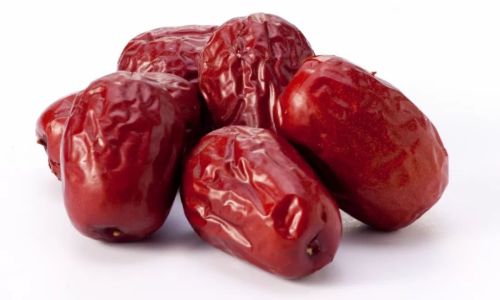
To maximize the shelf life of your fresh jujubes, follow these storage tips:
Inspect Before Storing: Before storing, carefully inspect each jujube for signs of damage, mold, or discoloration. Remove any imperfect fruits as they can spoil faster and potentially contaminate the others.
Proper Cleaning: Wash jujubes under running water before storing to remove any dirt or debris. However, avoid soaking them as this can promote spoilage. Pat them dry with a clean cloth or paper towel.
Use Airtight Containers: Store washed and dried jujubes in airtight containers or plastic bags. If using bags, squeeze out as much air as possible before sealing to minimize oxygen exposure.
Layer with Absorbent Materials: In humid environments, consider placing a layer of paper towels or silicone desiccant packets in the storage container to absorb excess moisture.
Monitor Storage Conditions: Regularly check the temperature and humidity of your storage area to ensure they remain within optimal ranges. If using a refrigerator, avoid placing jujubes in the door compartments, where temperature fluctuations can occur.
Consume in Rotation: If you have a large batch of jujubes, consume them in rotation to ensure the oldest fruits are eaten first. This helps prevent overripe or spoiled fruits from going to waste.
Conclusion
Fresh jujubes are a delightful and nutritious addition to any diet, but their shelf life is limited. By understanding the factors that influence their durability and implementing proper storage techniques, you can maximize their freshness and enjoy their benefits for longer. Whether you choose to store them at room temperature, in the refrigerator, or use advanced packaging methods, paying attention to the signs of spoilage and following best practices will help ensure your jujubes remain delicious and safe to eat. With the right care, you can enjoy the sweet, satisfying taste of fresh jujubes for weeks, even months, after harvest.
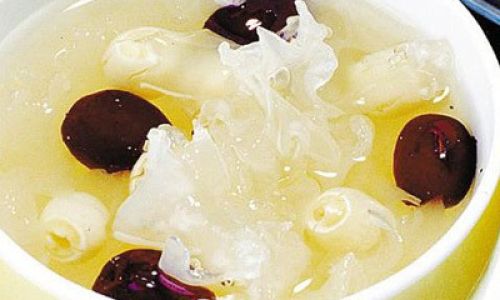
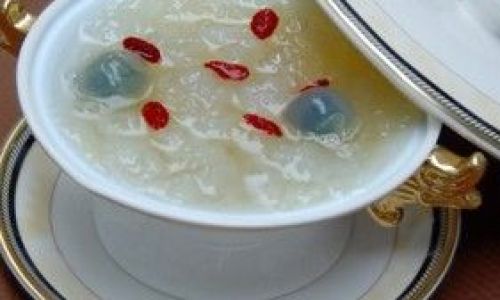
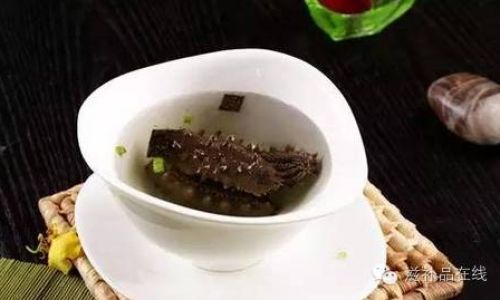
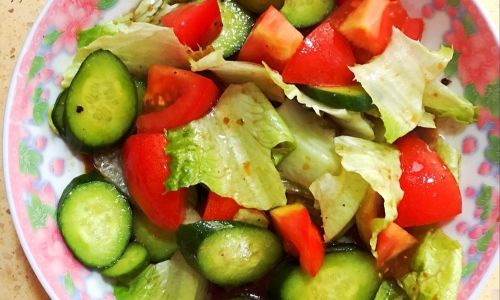
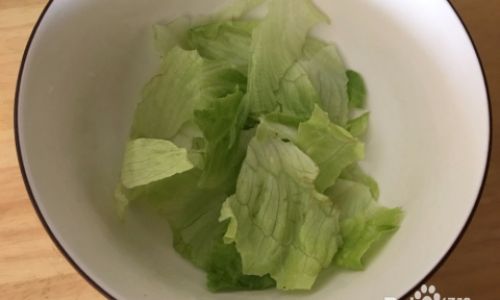

0 comments